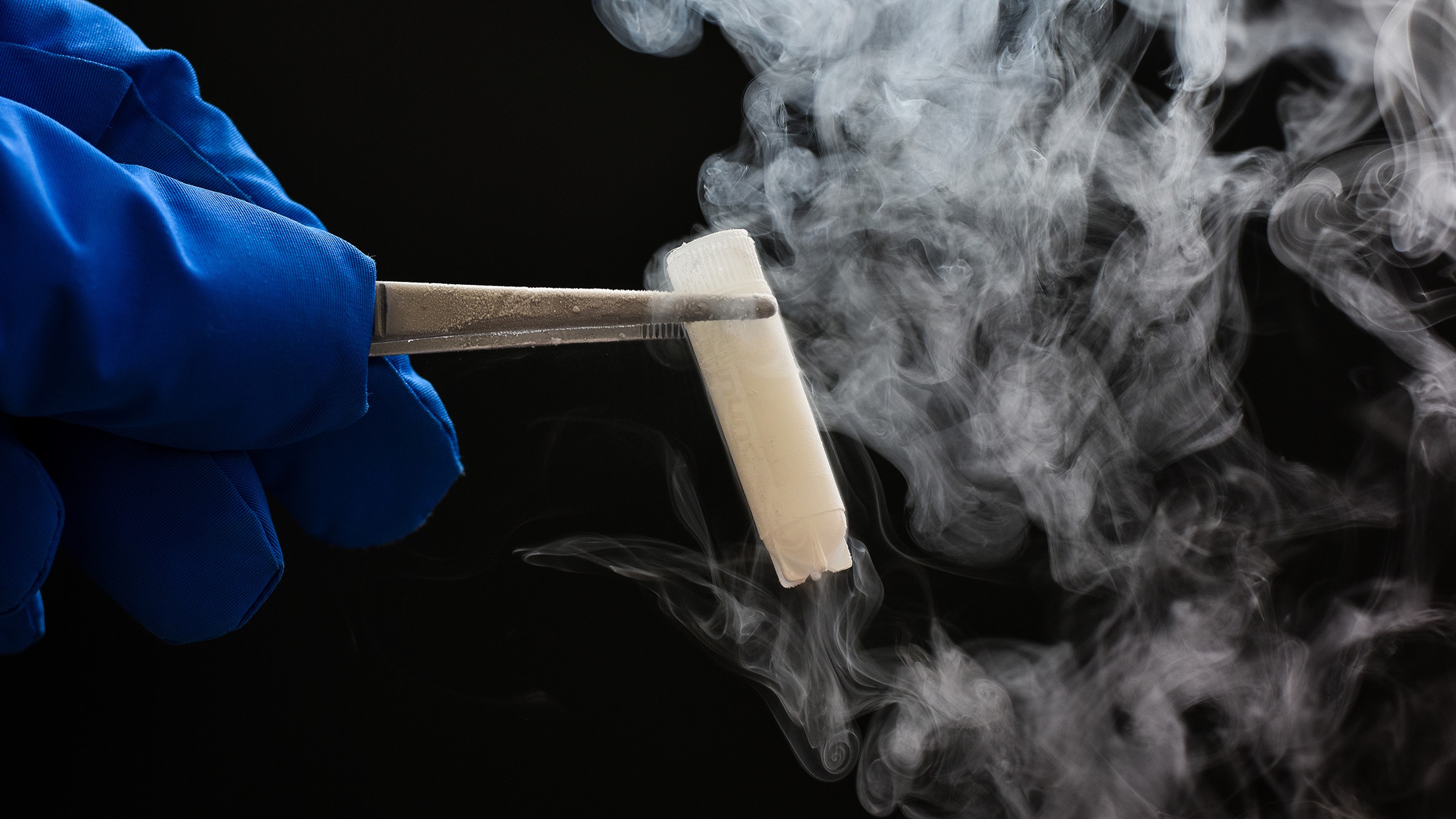Brian Behlendorf: Ginni Rometty, who's the CEO of IBM, said she believed that blockchain technology will be to transactions what the Internet was to information, meaning it will be pervasive across all industries that touch transactions — which is all of them. They all deal with money, they all deal with tracking product and the handoffs of value from one party to another. So unless you're in a business that does nothing of value, at some point blockchain technology will touch what you're doing. And for some businesses it will radically transform who they are and what they do.
So one of the most intriguing use cases that really caught my attention when I first started to dive into this technology landscape was the use of distributed ledgers for supply chain provenance. Partly as a way to make that industry more efficient, more collaborative, more transparent, but also as a way to try to fight or track where objects came from and make sure they came from the right places, and a great example of this is the diamond industry. The diamond industry starting about 20 years ago has had a real serious political top-down commitment to prevent blood diamonds from entering circulation, blood diamonds being diamonds that came from mines that involve slave labor, that perhaps were used as payment for illicit products and services — like these are diamonds that had unclear provenance, and the whole goal was to enable somebody buying a diamond at the retail channel to know all the way back to the mine that it came from and that between points A and B it was in good hands.
Right now when you try to buy a diamond and see that provenance you maybe get a certificate with a bunch of stamps on it, but what does that mean to you? What does that mean to anybody? So the diamond industry has realized that they need to transform that process into something that is more of a distributed ledger, in fact is an implementation of a distributed ledger, as a way to allow all the parties involved in the diamond process to record a transaction every time that they transfer diamonds from the mine to the refinery to like the place where it's worked on to the distributer out to the retail channel, each of those parties would be a participant on that ledger, and when they handed diamonds off or they received a package of diamonds would confirm and write transaction saying "I sent this/I received this" so that we have this unbreakable chain going all the way back to the mine of where these diamonds came from. And we can deal with parties who themselves might not have a long history, a deep history of involvement, but if they have these digital signatures, which would be really difficult if not impossible to forge, then they could participate and be a part of this process.
And we might eventually get to a model that looks somewhat like when you buy a car you register that car in a title system that if your car gets stolen you can go and say, "Well no, actually, I own that," or if somebody tried to steal your car and sell it to somebody else without your consent that's tracked by the title system. We'll probably get to a point where your ability to sell a diamond of certain expense or quality or higher is based on being able to show that your ownership is recorded in this ledger, which would do a tremendous amount to try to keep bad product from entering the market.
That I think would do a lot to help reinforce the trust in that market. And by the way, it might create a marketplace for whistleblowing.
Some factories, for example, that employ a lot of human labor, they try to ensure that the temperature inside these factories remains at a certain temperature range. So if you had sensors collecting that data and tracking along with the product that comes through, so you understood: Okay, this is a product that was made in an environment that meets all of our criteria for the creation of these products.
A situation where a factory collapsed in Bangladesh that was being used to manufacture many of the brands that you see today at any major department store—and this was not only a true disaster in that hundreds of people perished, but also an economic disaster for the brands whose products were there and the suppliers who were bringing that product forward, because there was a clear sense that many of these brand like the Gap who did invest quite a bit in trying to upgrade their sources of supply to come from high-quality manufacturers, to come from people who cared about working conditions, who cared about raising the floor, raising the standards for labor in their industries. Many of them had no idea where their products actually were coming from. Many of these brands had very little idea.
So in the textile and clothing industry there's been a tremendous push to upgrade their supply chains to try to reward manufacturers in countries like Bangladesh or Thailand or India or even here in the U.S., reward them for improving their labor standards, improving the quality of manufacturing and paying them extra for it. The problem is when it's easy for somebody to slip in product into that supply chain without all of that quality control, without that extra concern, then it hurts everybody. It hurts those manufacturers who've invested more to create higher quality products and a better story behind the sourcing of that product. So there a distributed ledger would be really helpful to try to understand: where are these products coming from? Where are the sources coming from? That sort of thing.
The other use case that's really intriguing to me is seafood. There's plenty of international systems out there that track the quotas and the allowed catches and allowed regions for fish, different species of fish; there's practically an international organization for each species it seems. And there's rules that tell fisherman where they're allowed to catch and which countries are allowed to ingest those catches and then package them and ship them out. And no surprise, there's a tremendous amount of piracy, there's a tremendous amount of illegal fish catching, there's a tremendous amount of one kind of fish being passed off as another kind and then making its way through the supply chain, a tremendous amount of fraud that's added to it as it's handed off and finally ends up on your plate. If you ordered seabass, chances are it's not actually seabass in front of you, and chances are it was caught somewhere illegally rather than in the allowed areas.
So that industry is now starting to also take a look at: how do we use blockchain's distributed ledger technologies to make the provenance tracking of that system much more airtight so that we know where it comes from, we know who it's been handed off to? And more importantly how do we add sensor data from IoT devices that say tamperproof GPS tracking, data collection devices on the boats themselves to sensor data from ports that see when boats come in, to satellite data back that can track and see at high enough resolution when the boats are coming and going. All of this data put together to try to say "Here's the formal provenance record, and here's all the sensor data that corroborates all that, and by the way here's a place where all the data doesn't line up and we might want to look more closely at that and see if some fraud happened there." All of this for the purpose of making sure that we have sustainable fisheries in the ocean and to make sure that the product you buy when it says sustainably caught or wild salmon or whatever is actually the product that you think you're buying.





